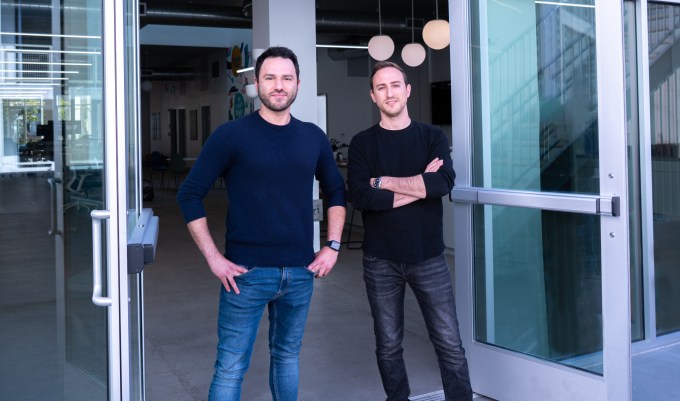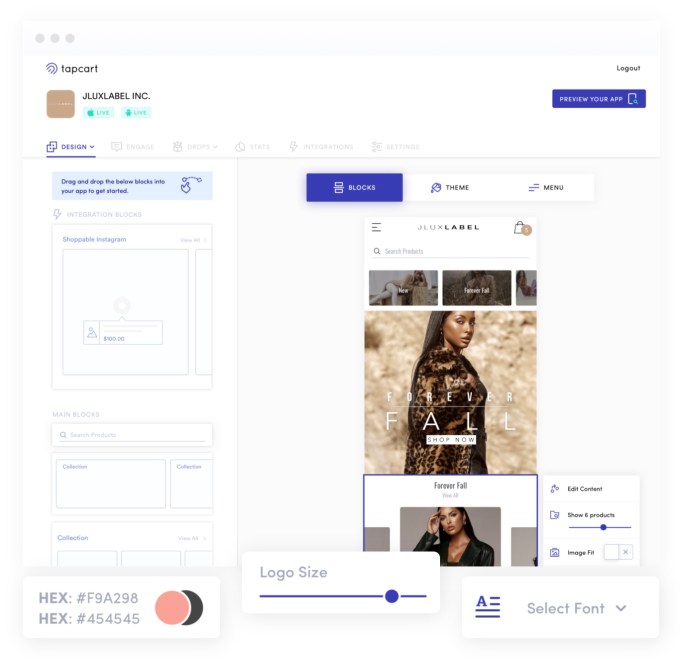- June 28, 2021
- by:
- in: Blog
The saying goes that, “You can’t teach an old dog new tricks.” That may or may not be true, but at least one “old dog” is working hard to disprove that saying. Western Union has been operating in the cross-border payments space for nearly 150 years (yes, you read that right – 150 years) and
The saying goes that, “You can’t teach an old dog new tricks.” That may or may not be true, but at least one “old dog” is working hard to disprove that saying.
Western Union has been operating in the cross-border payments space for nearly 150 years (yes, you read that right – 150 years) and today, globally, it serves almost 150 million customers – representing senders and receivers.
In recent years, a number of fintech startups have emerged to challenge Western Union in the massive space – from Wise (formerly TransferWise) to Remitly to WorldRemit. But the payments giant seems up for the challenge and has been investing heavily in its digital operations in an attempt to beat fintechs at their own game.
As we all know, the COVID-19 pandemic led to a massive acceleration of the trend of all things moving to digital in nearly all industries. Money transfer was no exception. In 2020, Western Union benefited from that acceleration. Its overall digital money transfer revenues – including WU.com and its digital partnership business – climbed by 38% to more than $850 million, up from over $600 million in 2019.
Speaking of WU.com, the company’s online transactions site, it saw a nearly 30% gain in annual active customers to 8.6 million.
This year, the company recently projected that its digital money transfer revenues are on track to exceed $1 billion in 2021 after first-quarter revenue growth of 45% to a new quarterly high of $242 million.
Today, Western Union claims to hold the largest cross-border, digital, peer-to-peer payments network in terms of scale, revenue and channels.
The emphasis on beefing up its digital operations – an initiative that actually began in the second half of 2019, according to the company – and expanding those digital offerings to more countries led to Western Union’s overall business profile shifting over the past 15 months.
Digital channels in 2020 made up 29% of transactions and 20% of revenue for the company’s consumer-to-consumer (C2C) business, up from 16% and 14%, respectively, in 2019.
Western Union also “open sourced” its platform to third-party financial institutions in a move it says is a “step towards creating an end-to-end payments processing hub.”
TechCrunch talked with Shelly Swanback, Western Union’s president of product and platform, about the company’s digital strategy and what’s next beyond payments for the company (hint: it involves banking products).
This interview has been edited for clarity and brevity.
TC: Let’s start out by hearing how the COVID-19 pandemic impacted your business, and what kinds of steps you took as a company to adapt?
Swanback: As COVID started playing out, just like any other company, I thought ‘What do we need to do to rally around our customers because our customers who rely on retail locations may not be able to get to their retail location as the COVID lockdowns started happening?’
One of the things we learned from that experience is this notion of everyday innovation. Innovation isn’t always blockchain or some emerging technology. Sometimes the best innovation is just about innovating every day with the products and services that you have.
For example, we had some places in the world where we actually needed to figure out how we could do home delivery of cash. Delivering cash is different than delivering pizza as you can imagine, as there are a whole lot of regulatory items and security items. We very quickly figured out how we can deliver cash in Sri Lanka and Nepal, Jordan and some other places across the world.
Another example lies in addressing how some folks were just a little intimidated by digital technology. I thought, ‘What if we set up a video digital location we called it where people could call in and do a video call with us and we could help them with their money transfer?’ It turned out that there actually wasn’t as much customer demand for that as we might have thought.
But the great news — and this is a good lesson, I think, for many organizations — is what we actually did there in terms of KYC (Know Your Customer), which is a big thing in the financial services industry. So, all the technology we set up for this digital location for customers to upload their documents electronically and not have to be in front of an agent, we’re using today, just in a different way.
TC: I know Western Union has touted the fact that it has such a strong physical presence in so many locations actually benefits the growth of its digital operations as well as an expansion into other offerings beyond payments. Can you elaborate on that?
Swanback: The success and acceleration that we’re having in our digital business and of course the quarterly results are great, and we want to continue to do that. But for me, what’s most exciting is just the solid foundation and the basis gives us to build toward this idea of having a more meaningful account-based relationship with our customers and ability to offer them more than just money transfer.
We have the fortune of having a trusted brand that’s known globally and trusted for something that’s very near and dear to our customers. What we’re hearing from our customers is they would trust us to provide additional services. So one of the things that we’re beginning to put plans in place for, and beginning to do some market tests on, is building an ecosystem or building a marketplace if you will. It will all be catered around the 270 million migrants across the world and really connecting them to each other, connecting them to their families and connecting them to merchants who want to sell them goods or provide them services that are very culturally relevant to them, either where they happen to be living and working or providing them services back home to their families.
Later in the fall, we’re going to be launching our first market test in Europe. We’re going to be offering a bank account, debit card, and multi-currency accounts tied of course into our money transfer services, as well as a few other things as we get closer to the market launch. But this really is our first test around providing a more comprehensive set of services.
TC: You recently announced a tie-up with Google Pay and some others. What is the significance of those partnerships?
Swanback: We want to be able to offer our cross-border capabilities and platform in more of a co-branded or white-label fashion, so that we can reach those customers that might still prefer to just be a customer of a bank. As an example, we recently announced that Google Pay users can log in to their app and can do cross-border transfers.
I think that’s an important part of our strategy– going after the direct relationship with customers and at the same time being able to offer our platform to others who already have a direct relationship with our customer. This is also part of our whole technology modernization right now of course. We’re very, very strong in the C2C segment, but the way we’re going about our technology modernization is one that provides us optionality to continue to expand in other segments – whether it be consumer to business or business to consumer, or even business to business.
TC: Tell me more about this “modernization.”
Swanback: Like many financial organizations and many existing global organizations, part of our massive technology modernization program is moving to the cloud. So we were well on our way from migrating many of our applications to an AWS Cloud Platform. We’re pretty excited about the progress that we’re making there.
Also, over the last 12 to 18 months, we’ve migrated a good portion of our customer agent transactions, like the core of our data, to Snowflake. We;’ve mined 33 data warehouses, and we’ve got 20 petabytes of data in the cloud. And so, that in itself is just this is just the starting point. We’re modernizing our apps on top of this data foundation and really starting to use artificial intelligence and machine learning. But we’re not using it in the back end processes like many other organizations who were using it for operational interactions with our customers. We’re using it in the front office. For example, we launched a telephone money transfer product where a customer talks to a virtual assistant and it’s 100% digitized. It’s actually one of the best customer experiences we’ve seen.








